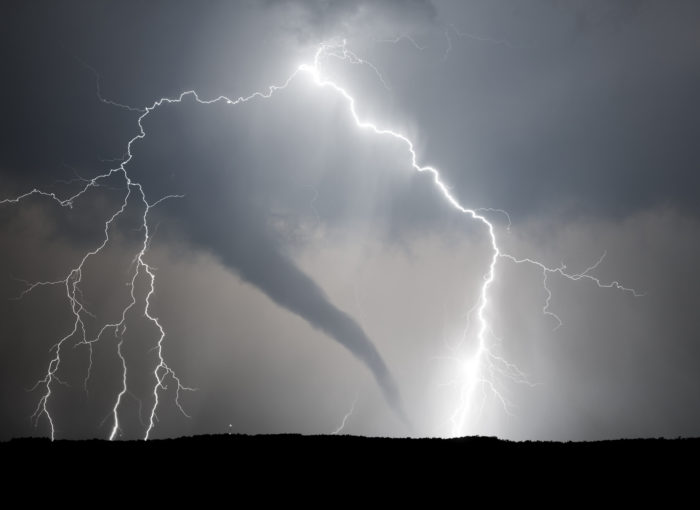
In neighbouring Chad, hundreds of thousands faced flooding in August and again in October as the country experienced its heaviest rainfall in 30 years.Īt this year’s COP27 in Egypt, Mahmoud Mohieldin, the UN Climate Change High-Level Champion for Egypt said, “People who have done the least to cause the climate crisis are paying the highest price. More than 600 lives were lost and at least 100,000 left homeless in Nigeria due to floods in October. In contrast to the lack of rain in several countries, other parts of Africa experienced disastrous floods this year. Villagers go about their business in a flooded market centre in Kisumu, about 400km west of the capital Nairobi in Kenya.

In late October, Tropical Storm Nalgae caused deadly landslides and more than 550 flooding incidents across the country. Further north, Japan and South Korea were hit by violent typhoons Hinnamnor and Namadol in August and September, respectively.īut the country’s most destructive weather events this year were tropical storms that caused landslides and floods. In 2022, the region witnessed several strong typhoons including Typhoon Noru, which also made landfall in Vietnam, and Typhoon Nesat, which caused thousands to flee across the Philippines. After Typhoon Rai killed more than 400 people in December 2021, scientists and activists warned that six super typhoons a year would be the “new normal” for the Philippines. The Philippines is no stranger to a growing number and intensity of typhoons across its many islands, spurred by warmer oceans and higher global temperatures. Swaths of farmland in Central Luzon, Philippines were devastated by Typhoon Noru, which slammed into the country in September. The drought also affected food production in China’s largest wheat-producing area, Henan.Ĭhen Lijuan, an expert at the National Climate Center who predicted that such heatwaves would become a “new normal”, told the media that climate change was an influential factor in causing the heatwave and drought. This resulted in power cuts to key industrial areas, disrupting global supply chains for lithium batteries and more.

China’s Meteorological Administration issued continuous extreme heat warnings for more than 25 days in the northwest Xinjiang region, northern Shaanxi and eastern Jiangsu provinces.Ī severe drought dried up rivers including the Yangtze, Asia’s longest, and crippled hydropower production.

From June to August 2022, China experienced its worst heatwave in 60 years with temperatures exceeding 40 degrees Celsius in several provinces. Many other parts of the world were also affected by deadly heat. Heatwave in South and Central Asiaĭrought threatened many of Taiwan’s resevoirs in August 2022, including the Xinshan Reservoir in Keelung. Haphazard infrastructure development and deforestation due to urbanisation also contributed to the disaster, as did melting glaciers in the Himalayas. The heavy rainfall between 11 and 19 June not only spread infectious diseases in Pakistan but also wiped out 45 per cent of the country’s cotton crop, costing an estimated US$10 billion in damages as of September and leaving many farm workers jobless.Ĭlimate change made the floods up to 50 per cent worse and caused three times the rainfall recorded as Pakistan’s 30-year average, experts said. Countries including India, Bangladesh, and Afghanistan also recorded hundreds of deaths and millions displaced due to flooding around the same period.

Many parts of the world experienced severe flooding this year but none so catastrophic as Pakistan, which saw more than 1,500 people killed and 33 million displaced following a record-breaking monsoon in June. Image: UNDP Climate, CC BY-SA 3.0, via Flickr. The Global Shield Against Climate Risks is a joint initiative launched at COP27 by the G7 and the V20 (group of countries most threatened by climate change) for climate insurance and disaster funding.


 0 kommentar(er)
0 kommentar(er)
